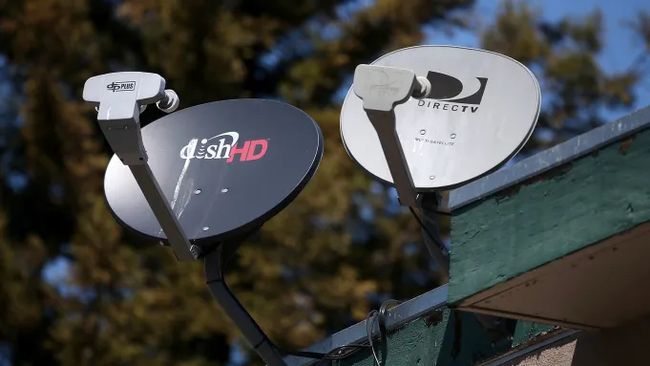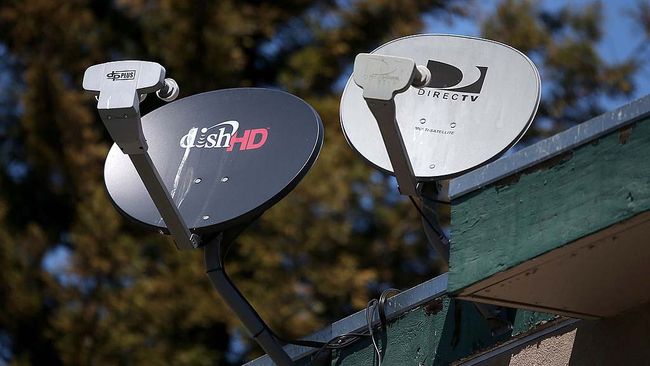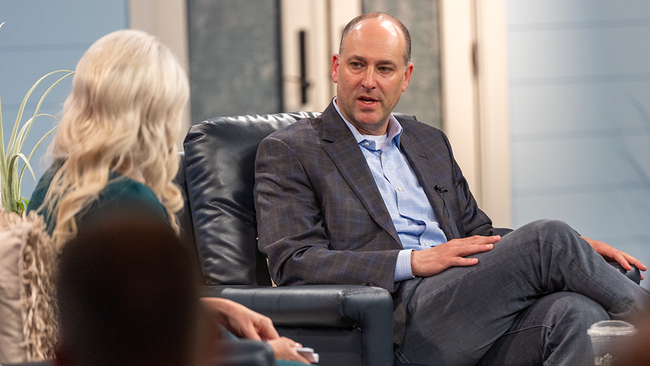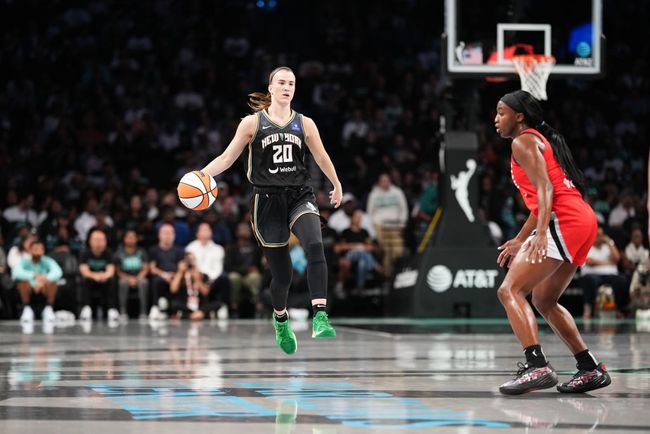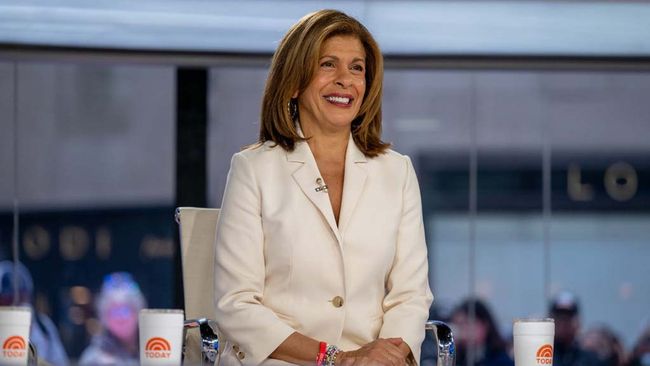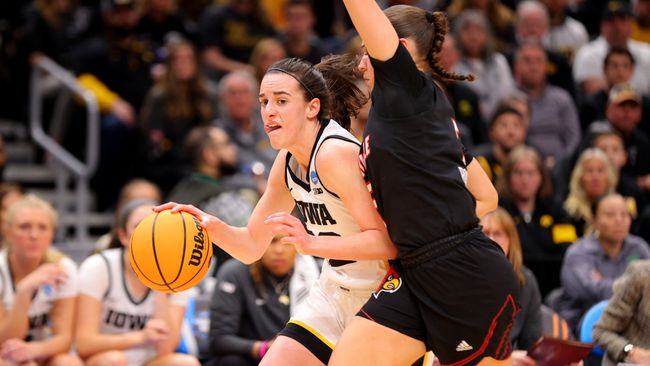With Gas Prices and Apocalyptic Gloom Rising, Are Streaming Companies Vulnerable to Suddenly Skittish Consumers?
Bloom: As COVID lingers, Russia’s Ukraine invasion grows ever more heinous, and worries about World War III crowd forward, it can be difficult to get excited about the latest scripted drama, standup special or reality show debuting online

By my count, at least three of the fearsome Four Horsemen of the Apocalypse are galloping across the planet these days (those three would be, depending on your Old Testament translations, War, Death and Pestilence, with Famine once again hovering over Russian-infested Ukraine). Throw in the worst inflation in four decades, and it’s no surprise that consumers are getting gloomy.

That's bad news in so many terrible ways, but here we intend to look at what worsening consumer sentiment may mean for all the online-video services trying to move forward in the Streaming Wars, churning out expensive and high-profile shows while eventually raising prices to pay for it all.
Simply put, as COVID lingers, Russia’s Ukraine invasion grows ever more heinous, and worries about World War III crowd forward in a way not seen since the Berlin Wall fell, it can be difficult to get excited about the latest scripted drama, standup special or reality show debuting online. Worse, U.S. inflation neared 8% in the latest government figures, numbers not seen since Paul Volcker took over the Federal Reserve back in 1979.
What’s that mean for media companies relying on steady subscriber growth, reasonable churn rates, price inelasticity and capacious consumer wallets for their continued financial sustainability? Nothing good, especially if they’re hoping to make back their accelerated content spending with price hikes in the near future, especially as analysts start valuing their ventures on more sophisticated metrics than net subscriber adds.
The Walt Disney Co. CEO Bob Chapek, already busy fending off employee outrage over a mushy corporate response to Florida’s latest gay-hating legislation, told an earnings call that the company has lagged in creating more content at a competitive rate, in part because of that aforementioned COVID-spewing Horseman. With growth moderating, the Mouse House plans to double content spending as soon as the back half of 2022, with new shows already debuting weekly.
“We certainly have less content than we want,” Chapek said. “By 2023, we want to get to a steady state, which is even higher than we have right now. And I think that will give us the impetus to increase that price/value relationship even higher and then have the flexibility if we were to so choose to then look at price increases on our service. But it's all about content, content, content."
Chapek isn’t the only executive citing “content, content, content” as the magic elixir that will justify future higher prices. Netflix again raised subscription prices earlier this year, to finance still more original content in a virtuous cycle, its executives always say. Over the past several years, those hikes have roughly doubled the cost of its “standard” middle tier to $15.50 a month, with the premium tier now $20 a month.
NEXT TV NEWSLETTER
The smarter way to stay on top of the streaming and OTT industry. Sign up below.
In justifying the latest hikes, the company issued a near-identical statement to its last price bump 17 months earlier.
”We understand people have more entertainment choices than ever and we're committed to delivering an even better experience for our members," a Netflix spokesperson said. "We're updating our prices so that we can continue to offer a wide variety of quality entertainment options. As always we offer a range of plans so members can pick a price that works for their budget."
That sounds rational when we have a rational industry, economy and stock market. But right now, all that feels a a lot less rational than, say, six months ago. With fuel headed toward $7 a gallon and home prices skyrocketing, will consumers look harder at the many streaming subscriptions they added the past two years?
Worse for streamers, as U.S. COVID restrictions ease (despite a big jump in cases in China that just put 51 million people back on lockdown), many U.S. companies and politicians want people back in offices, ending #WFH flexibility and more time to watch. Given those shifts, it’s not hard to see streaming subscriptions, especially expensive ones, as vulnerable.
To use language from this week’s March Madness college basketball tournaments, which services are on The Bubble? Which will be First Four Out when millions of humans are back at schools and workplaces, and dealing with pinched wallets?
Certainly, the services that do the worst job of justifying price to value will be vulnerable. Apple’s TV Plus already had some of the industry’s highest churn, which seems likely to continue despite a couple of Oscar-nominated films and Ted Lasso’s abiding charms. That matters less to Apple than to other lower-profile services with shallower finances and higher subscription fees.
For many, it likely will come down to price, as consumers back away from pay services and backfill with free ad-supported options like Pluto, Tubi, or IMDb TV, or at least the ad-supported cheaper versions of Hulu, Peacock, Paramount Plus, Vix, and, soon, HBO Max.
Netflix, which has eschewed advertising, may face additional pressures to its business model from multiple directions in coming months as its own growth continues to moderate globally. For instance, it almost certainly won’t easily make up the nearly 1 million subscribers it lost by suspending operations and originals production in Russia last week.
Meanwhile, Apple TV Plus took another step to reduce its churn, announcing it will stream live Friday Night Baseball exclusive games when MLB returns to the diamond in three weeks.
Needham analyst Laura Martin said having yet another streaming competitor offer live sports will pressure Netflix growth, especially given Apple’s bottomless pockets and reported interest in also adding NFL games. Martin cited research suggesting nearly a third of streaming customers want live sports, which Netflix has studiously avoided. Perhaps there’s a reason Netflix shares dropped 43% last year and are down another 11% so far this year. Will consumers also start dropping the service more often too?
That said, how are analysts valuing all the companies, even ones that are still marking growth such as Netflix and Roku, whose share prices peaked at $490.76 back in July. On Monday, Roku shares dipped below $100.
User growth has moderated since the halcyon days of early lockdown, but Roku is also poised to grab a healthy share of $70 billion in ad spending that continues to migrate to online platforms, as one investment-management firm said in analyzing the streaming firm’s prospects.
“One notable bright spot remains Roku’s solid progress in monetizing viewership as it attracts more advertising onto its platform,” Artisan Partners said in its most recent quarterly letter to its Mid Cap Fund participants. “That said, viewership growth is a key input to Roku’s long-term growth outlook, and we continue to monitor the aforementioned headwinds to determine when growth will reaccelerate.”
Those headwinds, stirred up by the Four Horsemen, will continue to blow hard against streaming companies for months to come, it appears.
Given that, we can likely expect two things: a) consumers will be reviewing their budget for streamed entertainment, and b) streaming services will need to review their budget for programming to see how long they can continue pushing out shows without raising prices in an increasingly complex market ahead.
David Bloom of Words & Deeds Media is a Santa Monica, Calif.-based writer, podcaster, and consultant focused on the transformative collision of technology, media and entertainment. Bloom is a senior contributor to numerous publications, and producer/host of the Bloom in Tech podcast. He has taught digital media at USC School of Cinematic Arts, and guest lectures regularly at numerous other universities. Bloom formerly worked for Variety, Deadline, Red Herring, and the Los Angeles Daily News, among other publications; was VP of corporate communications at MGM; and was associate dean and chief communications officer at the USC Marshall School of Business. Bloom graduated with honors from the University of Missouri School of Journalism.

